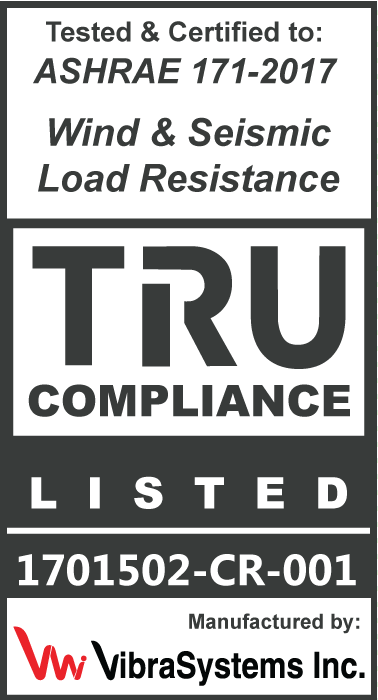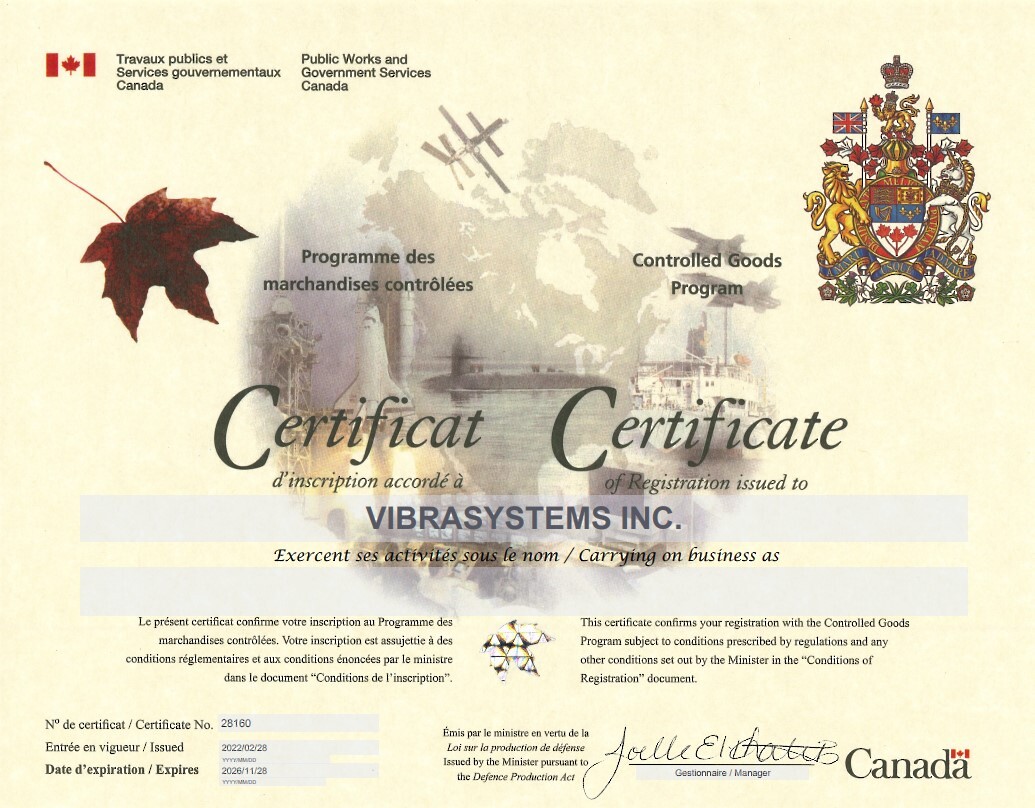How to Select The Best Vibration Isolator Mounts

Vibration isolator mounts are critical for the effective and long-lasting operation of any heavy industrial machinery that produces significant high-frequency vibration.
Vibration mounts not only restrict vibrations but also provide structural stability during loading.
There are plenty of vibration isolators on the market, each specialized for different applications. This can make selecting the right one a challenge for any business that lacks the prerequisite knowledge about vibration isolators.
Here are 4 steps to choose the best vibration isolator for your business.
Determining the Disturbing Frequency
To optimally isolate any vibration, its frequency needs to be determined first. For machinery which has a rotary mechanism, the disturbing frequency is equal to the machine's RPM (rotation per minute) divided by 60. For non-rotary machines, this frequency should either be disclosed by the manufacturer or measured separately. In cases involving multiple disturbing frequencies, determining the lowest frequency will help in determining the efficient vibration isolator.
Determining Minimum Natural Isolation Frequency
The next step is to calculate the minimum natural frequency required for the isolator, denoted as fn; the isolator's frequency should be below the disturbing frequency to properly arrest the vibrations. It is calculated by dividing the disturbing frequency(fd), by the square root of two. If the natural frequency of the vibration isolator exceeds this number, then the vibrations might be amplified even further. Thus, this equation can help rule out many isolators.
fn = fd X 0.707
Calculating Transmissibility
While the second step helps determine mounts that can provide isolation, this step will determine the level of isolation that can be achieved. For this, the transmissibility of the vibration isolator needs to be calculated using the following equation:
(1)
T= ___________
( 1 - (fd/fn)2)
Where T stands for transmissibility, and fd and fn stand for disturbing frequency and natural frequency of the isolator, respectively.
Determining Application And Dimensions
To further narrow down the list, the actual application of the mounts, their dimensions, and other environmental factors should be taken into consideration. Factors like compactness, load-bearing capability, temperature range can significantly reduce options. Finally, browse through the applications of each type of isolator to see if it aptly matches your case. With these simple steps, the best-suited vibration isolator can be selected with ease.
Vibrasystems Inc. offers the best-designed vibration isolator mounts to level out even the heaviest machinery and structures. Our wide product range is suited for most vibration controlled operations and we also offer customized vibration dampening solutions for specific cases. Contact us today to know more.





